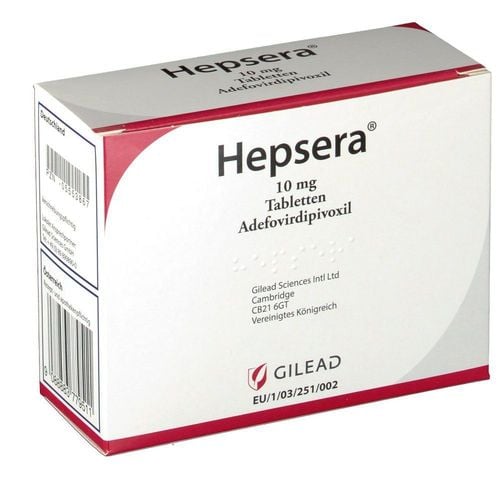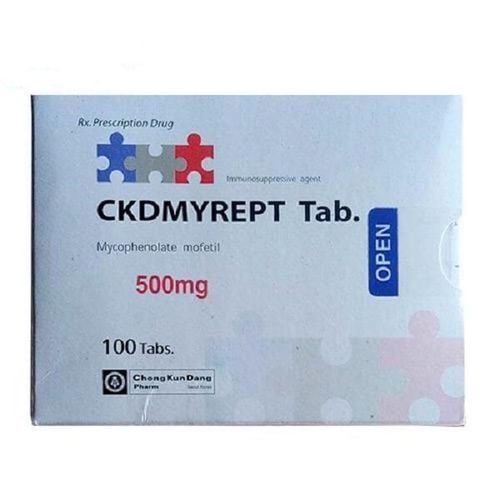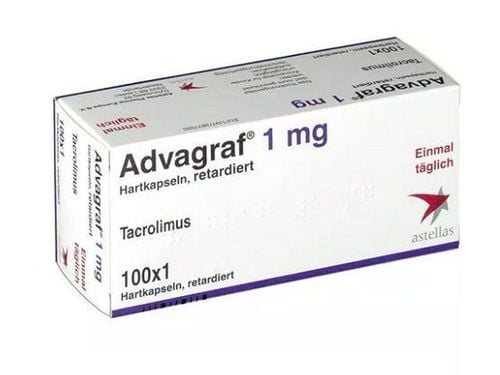This is an automatically translated article.
The article was professionally consulted by Specialist Doctor II Tran Van Trong - Specialist in Pediatric Surgery, Plastic Surgery - Aesthetics - Department of General Surgery, Vinmec Danang International HospitalCongenital biliary dilatation is one of the most common genetic liver diseases today, especially in Asian countries. Complications of congenital biliary dilatation is a very complex disease, to accurately detect and diagnose this pathology, it is necessary to combine clinical symptoms and paraclinical support to strengthen the diagnosis.
1. Complications of congenital biliary dilatation
Congenital biliary tract dilatation, also known as intrahepatic biliary dilatation, is a common genetic disease in Asia, especially East Asia. Dilated intrahepatic biliary tract disease is often confused with other hepatobiliary diseases, so it should be noted during the examination and diagnosis.
The cause of congenital biliary dilatation is explained by a chromosomal mutation, which is difficult to detect in some cases, caused by a recessive chromosome mutation. According to statistics, the proportion of women with congenital biliary tract disease is higher than that of men and mainly concentrates at the age of no more than 22 years old. In other cases, the disease can also appear in infants or older adults. Dilated intrahepatic biliary tract disease is often associated with family factors, including a family history of kidney and liver disease. Common complications caused by this pathology include cholangitis, bacteremia, cholangiocarcinoma, common bile duct stones... In addition, congenital biliary dilatation also causes splenomegaly, vomiting. blood, passing black stools and eventually leading to hypertension.

Regarding classification, congenital biliary tract dilatation is classified into the following types:
Common bile duct cyst, also known as simple common bile duct dilatation, Lateral diverticulum in the common bile duct, Prolapsed cyst in the common bile duct Dilatation Multiple cysts in the internal and external bile ducts of the liver Simple intrahepatic biliary dilatation. Symptoms that help to suspect congenital biliary tract complications include:
Fever Abdominal pain Enlarged liver Jaundice Appearance of abdominal tumor Some comorbidities such as polycystic kidney, biliary abscess, gallstones, bacteremia, cholangitis, renal failure, cirrhosis, cholangiocarcinoma... Paraclinical techniques also contribute to more accurate diagnosis of congenital biliary tract disease:
Ultrasound of the biliary tract shows dilated gallbladder images X-ray will also show dilated intrahepatic biliary tract Computed tomography and magnetic resonance imaging also give similar imaging results, in addition, when computed tomography will distinguish differences between intrahepatic biliary tract dilatation and gallstone disease.

2. Treatment of congenital biliary dilatation
Previously, the method of treating congenital biliary dilatation could be conservatively treated by connecting the dilated cyst with some digestive organs such as duodenum, jejunum, stomach... but this method is no longer available. is applied because it causes some dangerous complications for patients such as: infection upstream of the biliary tract, cholestatic cirrhosis or cancer progression from the previous cyst. Currently, there are many methods to treat congenital biliary tract complications, depending on the clinical symptoms present on the patient as well as the type of biliary tract injury that the treating doctor will have appropriate indications for. for each specific patient:For patients with intrahepatic biliary dilatation whose damage is limited to one lobe of the liver, the effective treatment will be surgery to remove the lobe of the liver carrying the lesion to help Patients treated for symptoms of congenital biliary dilatation ̧ minimized the risk of progression to cholangiocarcinoma. This method often helps patients to be able to live many years later. Congenital biliary tract disease can be treated medically by using certain antibiotics to correct the inflammation of the bile ducts. In addition, to treat common bile duct stones, the doctor will prescribe Ursodeoxycholic acid or for gallstones, Ursodiol can be used. For congenital biliary tract disease that has progressed to the cancer stage and has metastasized to some organs in the body, the patient will be treated conservatively and endoscopically.

Congenital biliary dilatation is a common hereditary biliary disease in East Asia, with a high risk of developing into cancer if not detected and treated early. Because dilated intrahepatic biliary disease often has a number of other diseases associated with it, so it is difficult to diagnose, especially or misdiagnosed with kidney and liver diseases, etc., so as soon as there are abnormal signs Usually, patients need to go to reputable medical facilities to be examined and examined to confirm the diagnosis, thereby taking appropriate treatment measures.
Pediatrics Department at Vinmec International General Hospital is the address for receiving and examining diseases that infants and young children are susceptible to: viral fever, bacterial fever, otitis media, pneumonia in children, ... With modern equipment, sterile space, minimizing the impact as well as the risk of disease spread. Along with that is the dedication from experienced doctors who specialize in pediatric patients, making the examination no longer a concern for parents.
Please dial HOTLINE for more information or register for an appointment HERE. Download MyVinmec app to make appointments faster and to manage your bookings easily.














